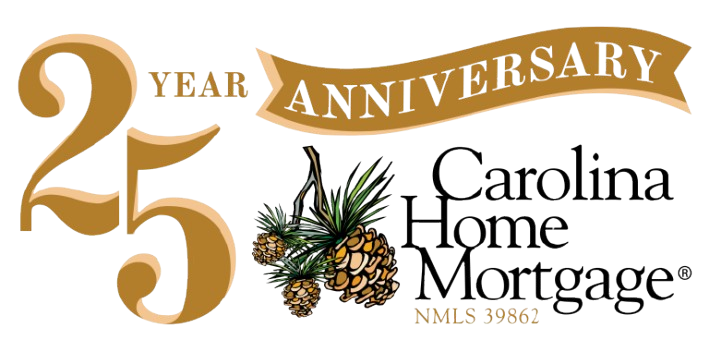What Is a Conventional Home Loan?
Buying a home is one of the biggest financial decisions you’ll ever make. With so many loan options available, it can be confusing to choose the right one. Should you go with a government-backed loan or a conventional home loan? Let’s break it down.
Many homebuyers choose conventional mortgages because they offer flexibility, competitive interest rates, and lower long-term costs. But before deciding, it’s important to understand how they work, their benefits, and the requirements to qualify.
In this guide, we’ll explain everything you need to know about conventional home loans, including their pros and cons, qualification requirements, and how they compare to other mortgage options. This will help you make a smart and informed decision about your home loan.
What Is a Conventional Mortgage?
A conventional mortgage is a home loan that isn’t backed by the government. Instead, private lenders like banks, credit unions, and mortgage companies provide these loans. Conventional loans follow the rules set by Fannie Mae and Freddie Mac, which help standardize mortgage lending.
Because they aren’t insured by the government, conventional mortgages usually have stricter requirements. You’ll need a good credit score, steady income, and a low debt-to-income ratio. However, if you qualify, these loans often cost less over time compared to government-backed loans.

Types of Conventional Home Loans
There are two main types of conventional mortgages:
1. Conforming Loans – These loans meet the limits set by the Federal Housing Finance Agency (FHFA). In 2024, the limit is $766,550 in most areas, though higher in expensive housing markets.
2. Non-Conforming Loans (Jumbo Loans) – If you need a loan that’s higher than the conforming limit, you’ll need a jumbo loan. These loans require higher credit scores and larger down payments since they are riskier for lenders.
Key Features of Conventional Mortgages
1. Down Payment Requirements
Most conventional loans require a down payment between 3% and 20% of the home’s price. If you put down at least 20%, you can avoid private mortgage insurance (PMI), which saves you money.
2. Credit Score Requirements
Lenders typically require a minimum credit score of 620 for a conventional loan. However, a score of 700 or higher will help you get a better interest rate. If your score is lower, you may still qualify, but with higher costs.
3. Interest Rate Options
You can choose between:
- Fixed-rate mortgages – The interest rate stays the same for the entire loan, keeping your payments predictable.
- Adjustable-rate mortgages (ARMs) – The initial interest rate is lower but changes over time based on the market.
4. Private Mortgage Insurance (PMI)
If your down payment is less than 20%, lenders require you to pay PMI. This extra cost is added to your monthly mortgage payment. Once you have 20% equity in your home, you can request to remove PMI.
Pros and Cons of a Conventional Mortgage
Pros:
✔ Flexible Loan Terms – Choose from 10, 15, 20, or 30-year terms.
✔ Lower Long-Term Costs – No extra government fees mean these loans often cost less over time.
✔ No PMI with 20% Down – Save money by avoiding private mortgage insurance.
✔ More Property Options – Use for primary homes, vacation houses, or rental properties.
Cons:
✘ Stricter Qualification Requirements – Requires good credit and steady income.
✘ Higher Rates for Low Credit Scores – Borrowers with lower credit scores may face higher mortgage rates.
✘ PMI for Smaller Down Payments – If you put down less than 20%, you’ll have extra monthly costs.
How Conventional Loans Compare to Government-Backed Loans
Unlike FHA, VA, or USDA loans, conventional home loans don’t have government backing. This means lenders take on more risk and have stricter requirements.
- FHA Loans – Require a 3.5% down payment and a 580 credit score. Great for first-time buyers.
- VA Loans – No down payment required, but only available to eligible military members.
- USDA Loans – No down payment required, but only for rural homebuyers.
If you have good credit and a stable income, a conventional home loan is often the best long-term option.
How to Qualify for a Conventional Mortgage
To improve your chances of approval:
✅ Check Your Credit Score – Aim for 620 or higher, but 700+ is best for lower interest rates.
✅ Save for a Down Payment – A larger down payment means better loan terms.
✅ Reduce Your Debt – Keep your debt-to-income ratio below 43%.
✅ Get Pre-Approved – This shows sellers that you’re a serious buyer.
What Is an Adjustable-Rate Mortgage (ARM)?
Some buyers choose an adjustable-rate mortgage (ARM) instead of a fixed-rate loan.
- ARMs start with a lower interest rate for a set period (5, 7, or 10 years) before adjusting with the market.
- Pros: Lower initial payments, good if you plan to sell or refinance soon.
- Cons: Monthly payments may increase after the initial period.
If you prefer steady payments, a fixed-rate mortgage is a safer choice.
Final Thoughts
A conventional mortgage is one of the most popular home loans for buyers with good credit and steady income. It offers flexibility, lower long-term costs, and the ability to skip PMI with a 20% down payment. However, qualifying can be harder than for government-backed loans.
If you’re thinking about applying for a conventional home loan, take time to compare options and work with reliable mortgage loan lenders.
At Carolina Home Mortgage, we’re here to guide you every step of the way. Call us today to find the right mortgage for your dream home!
Visit our website for more information.
